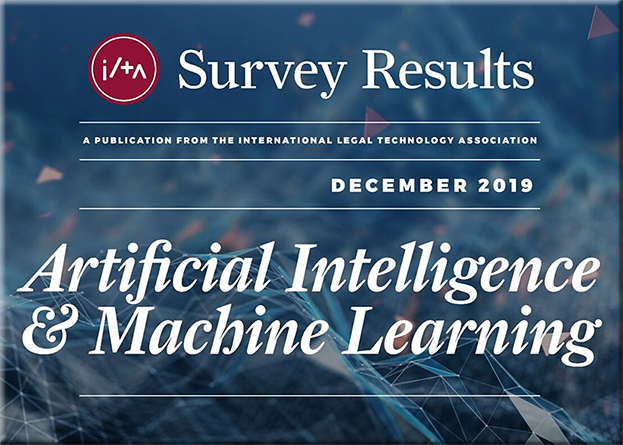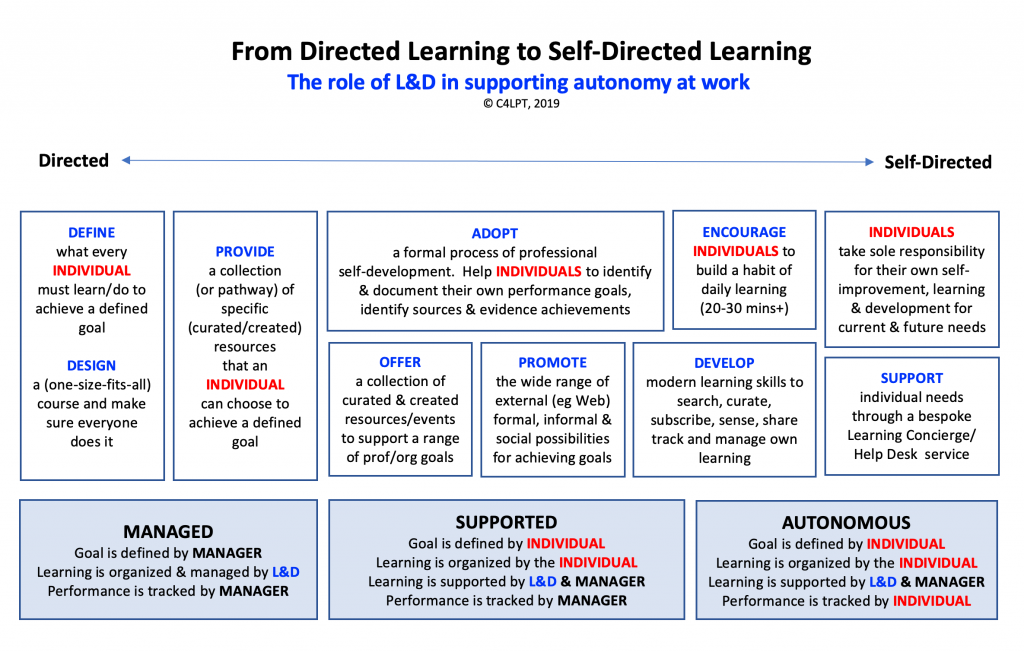Artificial Intelligence has a gender problem — why it matters for everyone — from nbcnews.com by Halley Bondy
To fight the rise of bias in AI, more representation is critical in the computing workforce, where only 26 percent of workers are women, 3 percent are African-American women, and 2 percent are Latinx.
Excerpt:
More women and minorities must work in tech, or else they risk being left behind in every industry.
This grim future was painted by Artificial Intelligence (AI) equality experts who spoke at a conference Thursday hosted by LivePerson, an AI company that connects brands and consumers.
In that future, if AI goes unchecked, workplaces will be completely homogenous, hiring only white, nondisabled men.
Guest speaker Cathy O’Neil, who authored “Weapons of Math Destruction,” explained how hiring bias works with AI: company algorithms are created by (mostly white male) data scientists, and they are based on the company’s historic wins. If a CEO is specifically looking for hirees who won’t leave the company after a year, for example, he might turn to AI to look for candidates based on his company’s retention rates. Chances are, most of his company’s historic wins only include white men, said O’Neil.

















